Is Red Wire Positive or Negative (Guide)
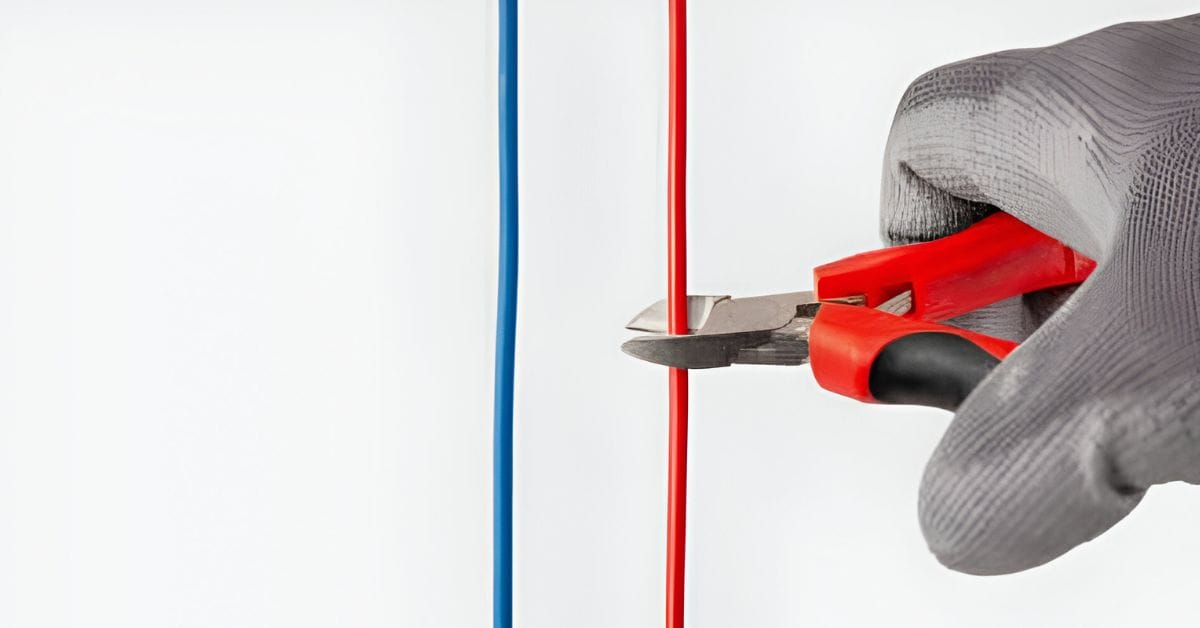
Have you ever been puzzled by the maze of wires in your electronic devices? You’re not alone. One of the most common questions is whether the red wire is positive or negative.
It’s a simple question, but the answer can be more complicated. Red usually signifies positive in DC and live in AC. But it varies by location and application.
Buckle up as we dive deeper into the vibrant world of standard wire colors. Stay tuned for this electrifying journey – it will be a real adventure in the world of wires.
Standard Wire Color Codes
You’re probably wondering what the different wire color codes mean, huh? Let’s break this down.
First off, there is the red wire. In most circumstances, red wires are used to denote a positive direct current (DC) in electronics. Regarding automobile or 12V DC systems, it’s common to see a red wire signify the positive terminal.
But wait a minute, it’s not just all about positive current. With alternating current (AC), like in your house, both red and black wires are “hot” or live wires.
“Does this mean a red wire is always positive or live?”
Hold on, not always! Wire color codes can also depend on geographical location and application.
| Location | Red Wire | Black Wire | White Wire | Green/Wire or Yellow wire |
|---|---|---|---|---|
| US and Canada | Positive in DC or Live in AC | Negative in DC or Live in AC | Neutral | Ground |
| UK and EU | Live | Neutral | – | Ground |
If we swing over to the UK or EU countries, the live AC wire is brown, and the neutral is blue (not black, as you might expect!). Confused? Don’t worry! It’s important to always check with a professional or refer to the specific manual for your device before messing with wires.
Oh, and to make things a little more complex (as if it wasn’t enough already), there are different color codes for Multi-phase AC, Telecom, and even data cables.
Testing Wire Polarity: A Step-by-Step Guide
You know, sometimes you’re faced with a situation where both wires are the same color, and you’re scratching your head, wondering which one’s positive and which one’s negative. No worries, I’ve got you covered. Let’s dive into it, step by step.
Step 1: Gather Your Tools
First things first, grab your trusty multimeter. Make sure it’s set to measure DC voltage. This little gadget will be your best friend in figuring out which wire is which.
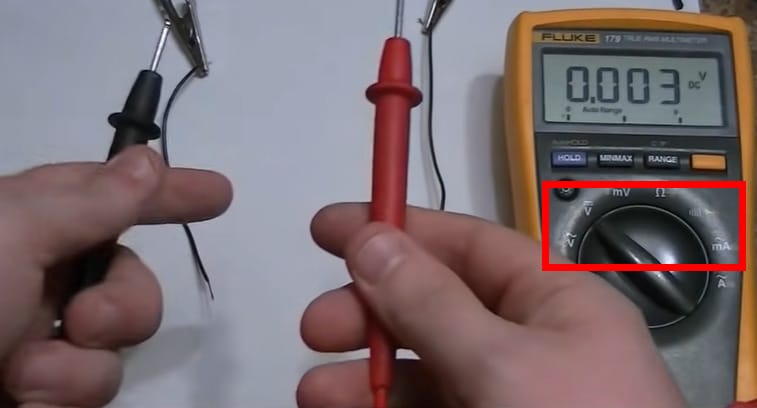
Step 2: Prepare Your Wires
Got two wires you’re unsure about? Maybe both are black, and there’s no telling them apart. That’s exactly where we’re going to use our multimeter magic.
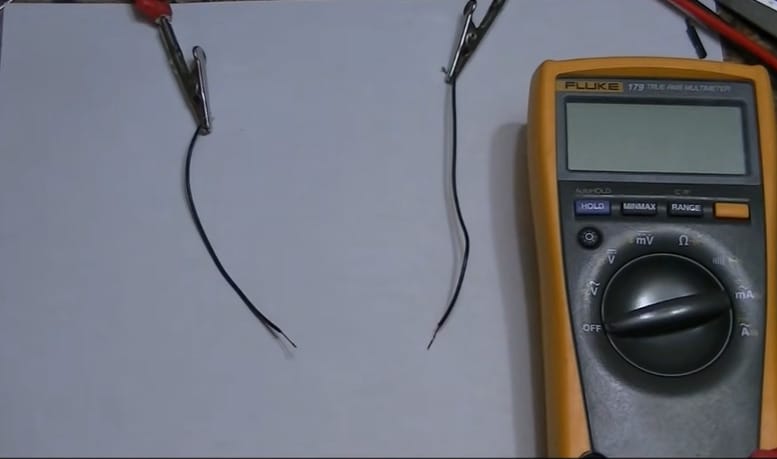
Step 3: Connect the Multimeter Probes
Take the multimeter probes in hand – red and black, just like the colors we’re trying to figure out on our wires. Now, connect these probes to the wires. For now, it doesn’t matter which probe goes where; make sure it touches each wire.
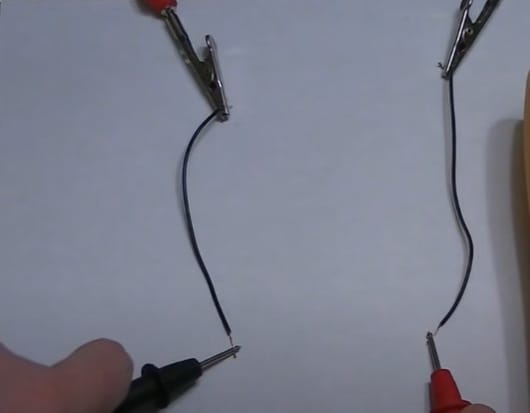
Step 4: Read the Multimeter
Alright, this is where the action happens. Check out the multimeter display. If it shows a negative voltage, like “-9.12 V,” that’s your cue. It means our probe connections are reversed.
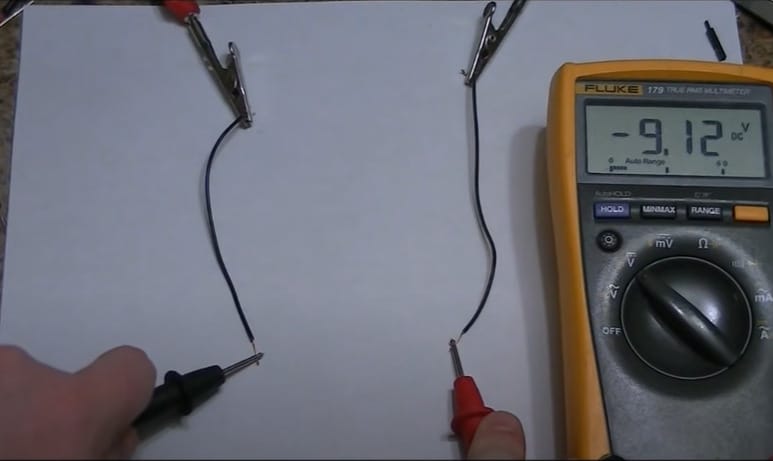
Step 5: Switching the Probes (If Necessary)
If you have a negative reading, switch the probes around. Now the multimeter should show a positive voltage, say “9.12 V.” This positive reading means you’ve got it right!
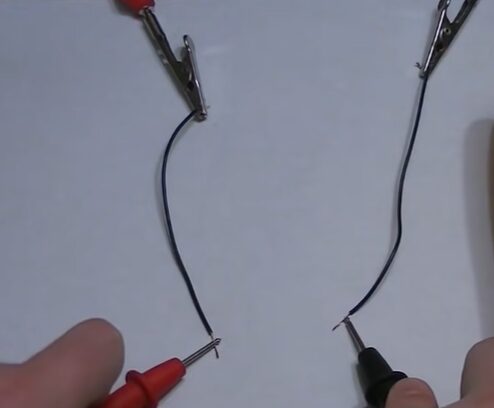
Step 6: Identifying the Polarity
Once you see that positive voltage, here’s the deal: The wire connected to the red probe is your positive wire, and the one connected to the black probe is your negative or ground wire.

Step 7: Confirm and Mark
To be sure, you might want to double-check by swapping the probes again. Consistent readings? Perfect! You might want to mark these wires now for future reference. A little bit of tape can do wonders.
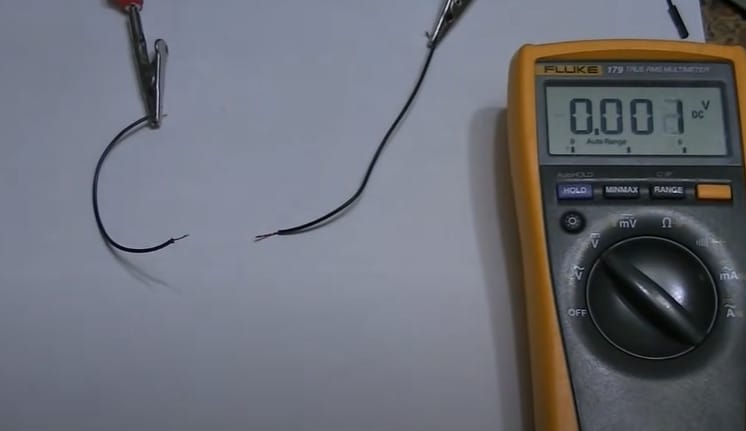
Remember, safety first, always double-check, and don’t hesitate to try a few times to be sure. Keep those tools handy, and happy wiring!
Red Wire in Common Applications
Let me guide you now into the practicality: the application of red wires in everyday gadgets. Notice your smartphone charger or any DC power supply? You’ll likely find a red wire tucked inside. We’re about to explore why it’s there and its role.
| Application | Red Wire Role |
|---|---|
| DC Power Supplies | Positive Voltage |
| Automotive | Positive Terminal |
| Audio and Speaker Systems | Positive Polarity |
| Three-Phase AC Systems | Carries a Phase |
In DC power supplies, red wire is commonly used for positive voltage. And, if you’re into automotive stuff, you’ve most likely come across the red wire.
Cars, trailers, RVs…they all use a red wire for the positive terminal of a battery. It’s the one that fuels the power across the system, setting the lights, radio, and more into dynamic action.
But it’s not just about DC and automobiles. Even in audio and speaker systems, red wire makes its appearance. It always denotes the positive polarity. Ensuring the red wires correspond between your stereo and speakers is crucial to getting the right sound output.
However, as we discovered earlier, not all red wires are positive. In three-phase AC systems, typically seen in industrial settings, the red wire plays a contrastingly different role. It carries a phase, not necessarily positive or negative.
But remember, these are just some common applications. Always refer to specific device manuals or consult a professional to be sure. Erase any assumption that red necessarily means positive. It’s a wire-color world filled with variance and exceptions.
Essential Safety Tips and Best Practices for Electrical Wiring
When dealing with electrical wiring, it’s not just about getting the job done; it’s about doing it safely. I can’t stress enough the importance of proper identification of wire polarity.
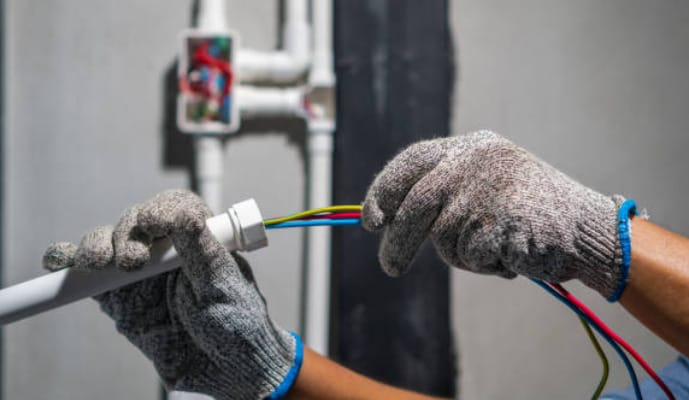
Here’s a rundown of some safety tips and best practices that I always follow and recommend:
- Turn Off the Power: Always ensure the power is off before you start working. Use a voltage tester to double-check that there’s no current flowing through the wires you’re about to handle.
- Use the Right Tools: Invest in a good quality wire stripper, voltage tester, and insulated gloves. The right tools not only make the job easier but also safer.
- Know Your Wire Colors: Understanding wire color codes is crucial. Remember, in most cases, red is positive, and black is negative. But don’t rely solely on colors; use a voltage tester to confirm.
- Never Assume: Even if you know which wire is which, always test to confirm. Assumptions in electrical work can lead to dangerous mistakes.
- Proper Insulation: After working on wires, ensure they are properly insulated to prevent accidental contact. Electrical tape can be a quick fix, but use wire nuts or heat-shrink tubing for longer-term solutions.
- Stay Informed About Local Codes: Electrical codes can vary by location, so ensure you’re up-to-date with your local regulations.
- If In Doubt, Consult a Pro: There’s no shame in seeking help. If you’re unsure about anything, it’s always better to consult a professional electrician.
- Keep Your Work Area Dry: Water and electricity are a dangerous mix. Always work in a dry environment and keep liquids away from your work area.
- Regular Breaks: Take regular breaks if you’re working long. Fatigue can lead to mistakes, especially in tasks requiring precision and focus, like electrical work.
- Educate Yourself: Finally, keep learning. The more you know about electrical safety, the better equipped you are to handle these tasks.
Remember, your safety is the top priority in DIY and home improvement. Stay safe, stay informed, and don’t hesitate to call in the experts when needed. Happy wiring!
Frequently Asked Questions
- Can I Interchange Red and Black Wires?
- No, it’s crucial not to interchange these wires. In DC circuits, red is positive, and black is negative. Reversing them can cause damage to electrical components or create a safety hazard.
- What Should I Do If The Wiring Colors Don’t Match Standard Codes?
- If the wiring colors in your device or project don’t match the standard codes, it’s best to consult a professional electrician. They can safely identify the wires and ensure that everything is connected correctly.
- What Safety Precautions Should I Take When Working with Electrical Wires?
- Always turn off the power before working on any electrical project. Use a voltage tester to confirm that the wires are not live. Wear protective gear like insulated gloves and follow all recommended safety procedures. If in doubt, consult a professional.
- Are There Special Considerations for Wiring Electronics versus Home Electrical Systems?
- Electronics often involve lower voltages and can have different color coding conventions, especially in multi-wire connectors and ribbon cables. Always refer to the specific wiring diagrams for the electronic device you’re working with.
- How Often Do Wiring Standards Change, and How Can I Stay Updated?
- Wiring standards can evolve due to technological advancements or safety discoveries. It’s important to stay updated through professional electrician courses, industry publications, and the websites of relevant regulatory bodies.
- What’s The Best Way to Label Wires in a Complex Project?
- Using color-coded heat shrink or adhesive labels effectively keeps track of wire functions in complex projects. Creating a wiring diagram or label plan is also helpful before starting the project.
References
Organizations:
- Institute of Electrical and Electronics Engineers (IEEE). https://www.ieee.org/
- National Fire Protection Association (NFPA). https://www.nfpa.org/en
- International Electrotechnical Commission (IEC). https://www.iec.ch/
Books:
- “Wiring Simplified: Based on the 2020 National Electrical Code” by Frederic P. Hartwell, Herbert P. Richter, and W.C. Schwan. https://www.thereadingbug.com/book/9780997905328
- “Electrical Wiring Residential” by Ray C. Mullin and Phil Simmons. https://www.barnesandnoble.com/w/electrical-wiring-residential-ray-c-mullin/1116778103
- “Black & Decker The Complete Guide to Wiring” https://www.barnesandnoble.com/w/black-decker-the-complete-guide-to-wiring-updated-8th-edition-cool-springs-press/1141325337
Website Resources:
- Underwriters Laboratories (UL). https://www.ul.com/
- DIY Network. https://www.diynetwork.com/
- All About Circuits. https://www.allaboutcircuits.com/
Video References:
patrickikis
